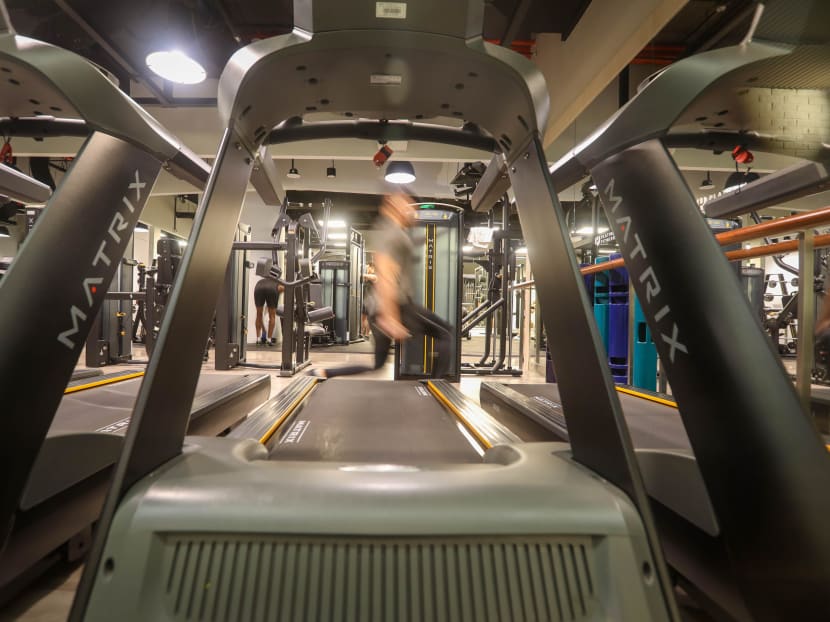Here’s how to ensure indoor gyms are well-ventilated to help stem spread of Covid-19
Indoor gyms are a potential hotbed for Covid-19 transmission. While Singapore’s authorities late last month released updated guidelines to improve building ventilation and air quality to contain the spread of the coronavirus, special attention must focus on indoor gyms with high-intensity activities.

Special attention must be focused on the air quality and ventilation of indoor gyms with high-intensity activities, writes a TODAY reader.
Indoor gyms are a potential hotbed for Covid-19 transmission.
While Singapore’s authorities late last month released updated guidelines to improve building ventilation and air quality to contain the spread of the coronavirus, special attention must focus on indoor gyms with high-intensity activities.
This is especially pertinent since gyms and fitness studios may resume indoor mask-off sports activities with safe distancing from June 21, if Covid-19 remains under control.
Good ventilation is important in managing the next phase of the pandemic.
Liquid particles, known as aerosols, are continuously shed when gym users do strenuous workouts without a mask.
One solution is to mandate mask wearing during high-intensity workouts. Those who find it uncomfortable should not use the gyms.
Many gym users, including me, wear our masks during intense workouts without feeling any discomfort.
Handwashing, sanitising and safe distancing, though important, are not foolproof in stopping coronavirus transmission.
Masks will help by partially filtering an infectious person’s exhalations.
But to keep gyms safe also requires improvements in ventilation.
Many documented super-spreading events have happened indoors.
For example, this happened at a choir practice in Washington, United States, in March last year. Of the 61 people at the two-and-a-half hour gathering, 53 were infected, two of whom died.
The question is: How do gym members here know that a gym is well-ventilated?
Just because a gym is spacious and air-conditioned does not mean the air within it is clean.
I will not be surprised if many gyms have an eye towards reducing energy consumption. That could mean recirculating air rather than exchanging it with fresh air outside.
While I understand that it is impossible to reduce health risks by ventilation alone in a crowded gym, where people are breathing heavily, the least that gyms can do is to incorporate air filtration into their ventilation systems.
They could also consider using germicidal ultraviolet systems placed within air-conditioners or near ceilings.
Our Government must enforce comprehensive standards for indoor air quality to keep gym-goers safe and healthy.
To ensure compliance, national sports agency Sport Singapore should issue ventilation certificates — valid for two years — to gyms.
Those without the certificates or with expired certificates should be barred from operating.
New laws should also be enacted to prevent non-compliance.
Have views on this issue or a news topic you care about? Send your letter to voices [at] mediacorp.com.sg with your full name, address and phone number.






